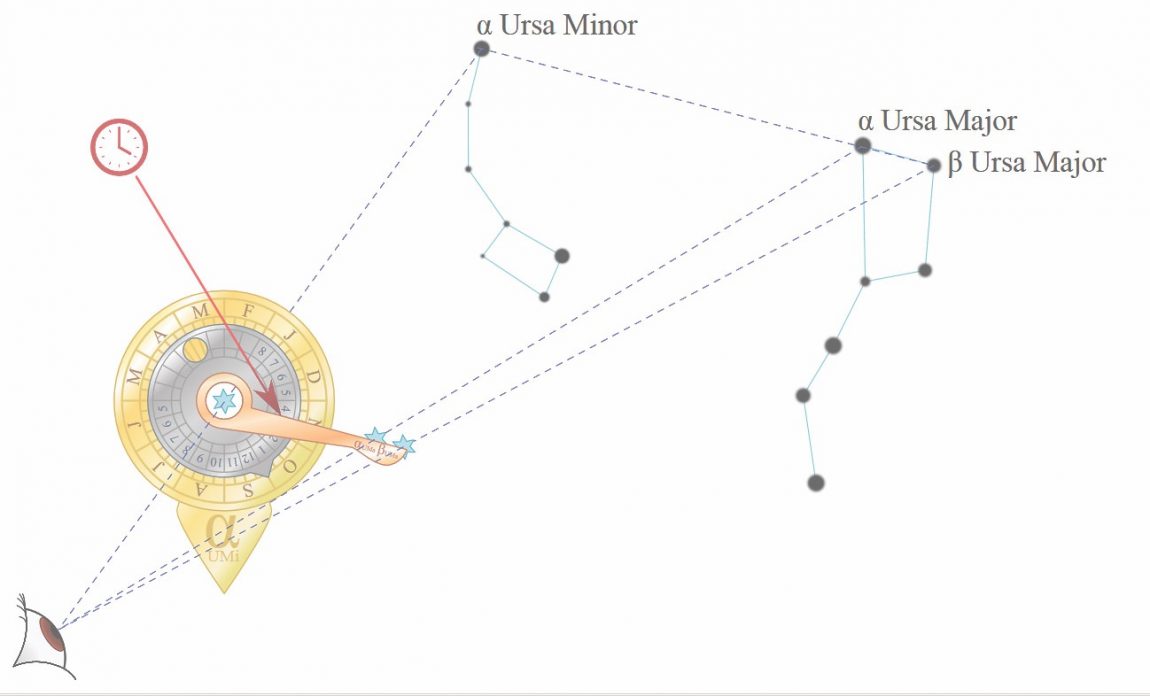
Max Ebb Explores Columbus’s Navigational Claims
Today is Columbus Day — a day that “officially celebrates the anniversary of Christopher Columbus’s arrival in the Americas on October 12, 1492.” And while some of the country is having a day off, like many, we are still here working. Which is fine with us, as we enjoy what we do, particularly when there’s an opportunity to learn something, and perhaps engage in interesting conversations about sailing history. In this case, we were reminded about a story we published in Latitude 38‘s November 2020 edition, in which Max Ebb and Lee Helm try to educate each other about the veracity of the explorer’s claims to nautical fame. We invite you to decide for yourself who is correct.

Even though I’m mostly working at home these days, my company still expects me to be at my desk. But we also get Columbus Day off, so I was free to take one of my newly discovered favorite long walks, through the nearby university campus. I used to avoid it for the crowds, but with most of the classes online this semester and the dorms less than half full, it’s a very pleasant, parklike environment. So it was with much surprise that I came upon a fairly large crowd assembled in front of the Geography Building.
It didn’t take long to discover what was going on. The object of all the attention was a small statue of Christopher Columbus. He was holding a cross-staff, the 15th-century forerunner of the sextant.
Of course, there is no such thing as “Columbus Day” on campus. It’s “Indigenous Peoples Day,” and the statue had to be dealt with. The main issue on the agenda, according to the speaker standing on the building’s front steps, barely comprehensible through an improvised portable amp, was deciding on the most appropriate way to deface this symbol of brutal colonial oppression.
But the amplified voice had something familiar about it, and suddenly I realized that I knew who was behind that Hawaiian-print face mask. The speaker was none other than Lee Helm, a graduate student in naval architecture and a racing navigator in demand.
“We could, like, replace that cross-staff with a globe,” she implored the crowd. “But it would be a special globe, only about 12,000 miles in circumference, and totally leave out the Americas, North and South. It’s the globe that Columbus imagined, with the Far East like, just a couple thousand miles west of Europe. We could expose him as one of the poorest excuses for a navigator in all of maritime history!”
However, the crowd wanted to do something a lot less subtle, like cut off his hands or bind the statue in chains.
I took a bearing on Lee when she disappeared into the mob, estimated course and speed, tightened the elastics on my N95, and pushed through the crowd on an intersecting course.
“Good speech, Lee,” I said when I finally maneuvered into hailing distance. “But don’t you think perhaps we could judge historical figures in the context of their own time? Columbus might have done some nasty stuff to the Arawaks and Caribs, but don’t you have to admit he was a great navigator?”
If you haven’t read Max Ebb’s story on Columbus and the discussion between himself and Lee Helm, we highly recommend you do. It is entertaining to say the least, and you might learn something. You could, of course, have your own opinions on the topic, which match neither Max’s nor Lee’s.
Read the full story to find out: Max Ebb — Goodbye Columbus.
